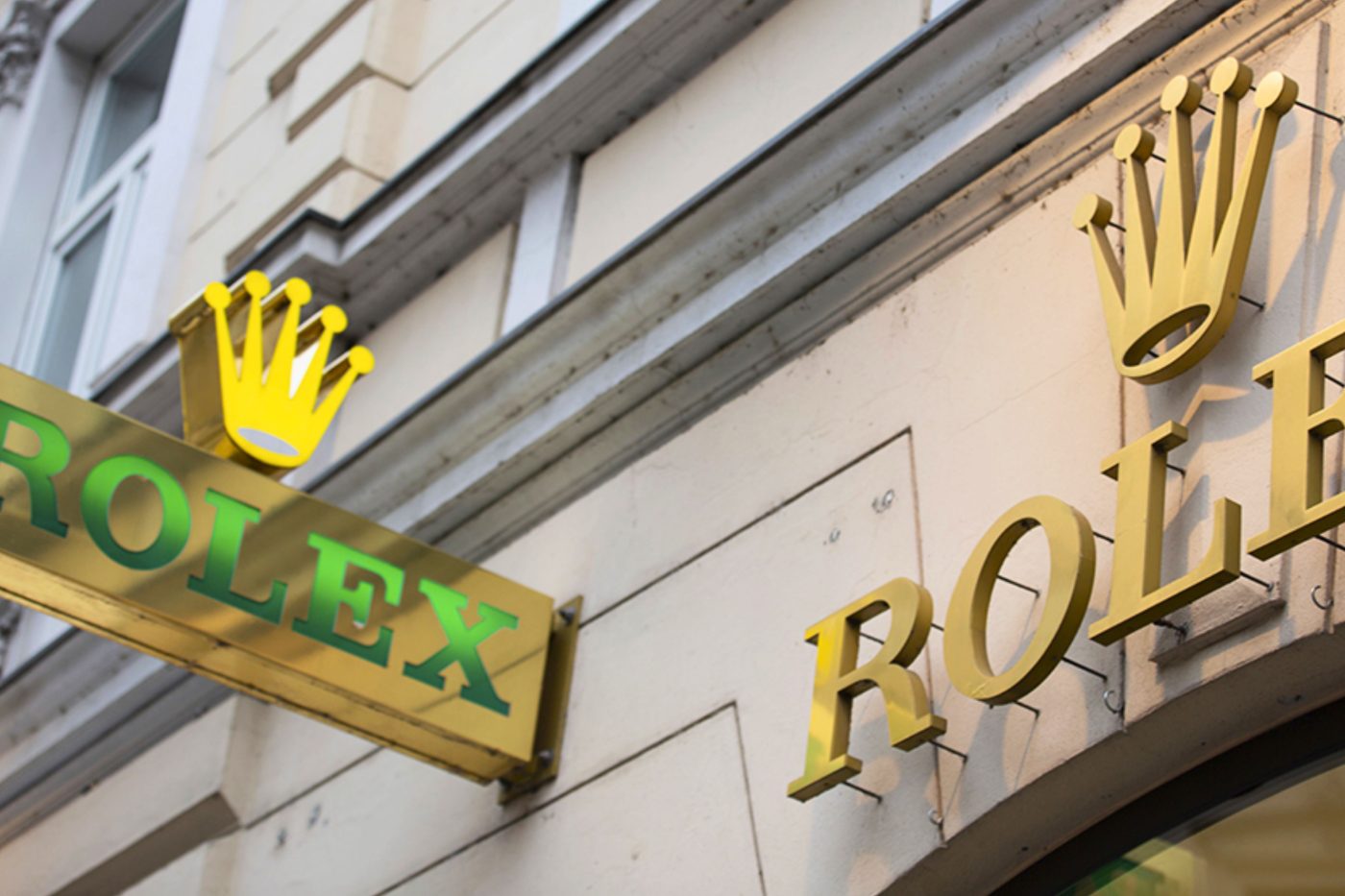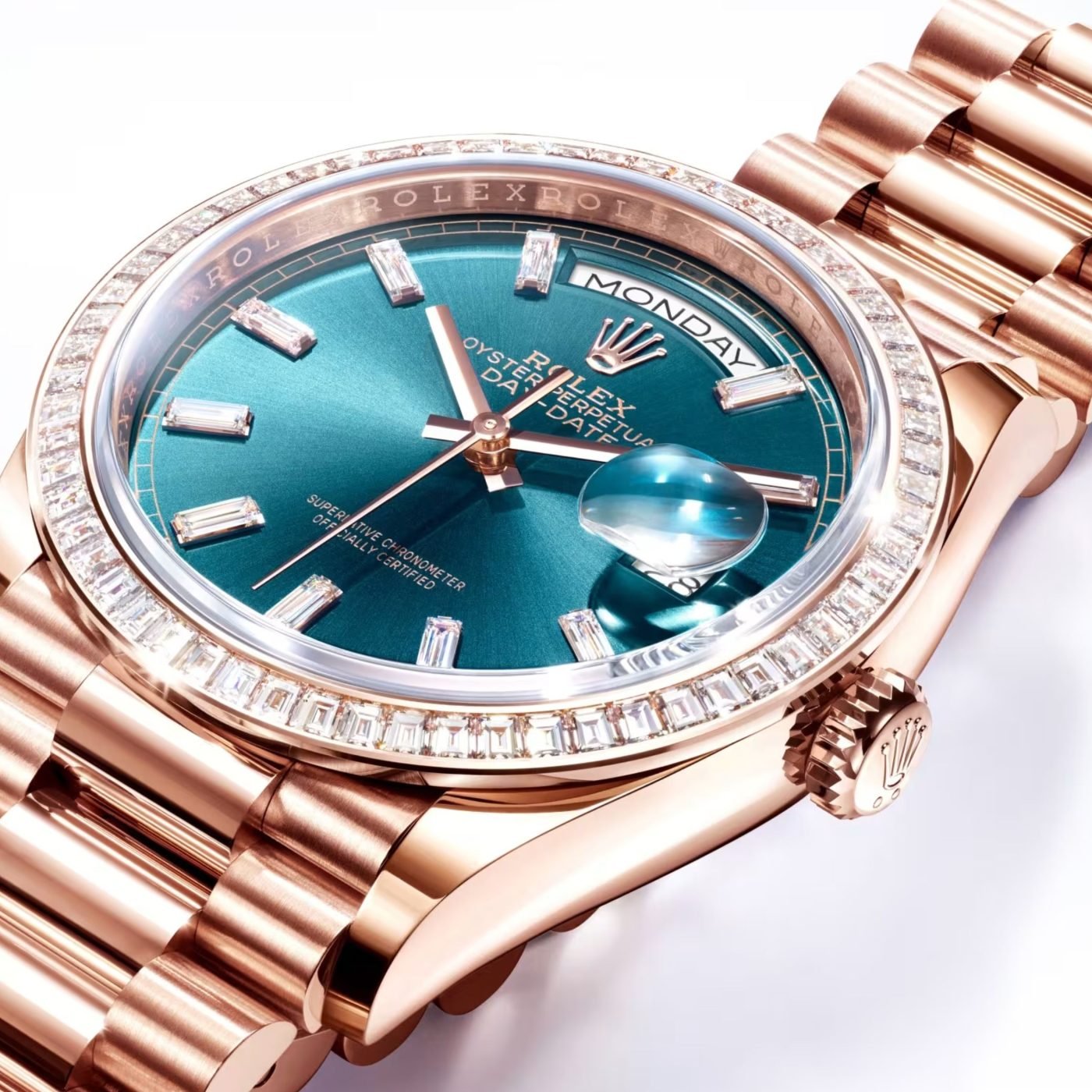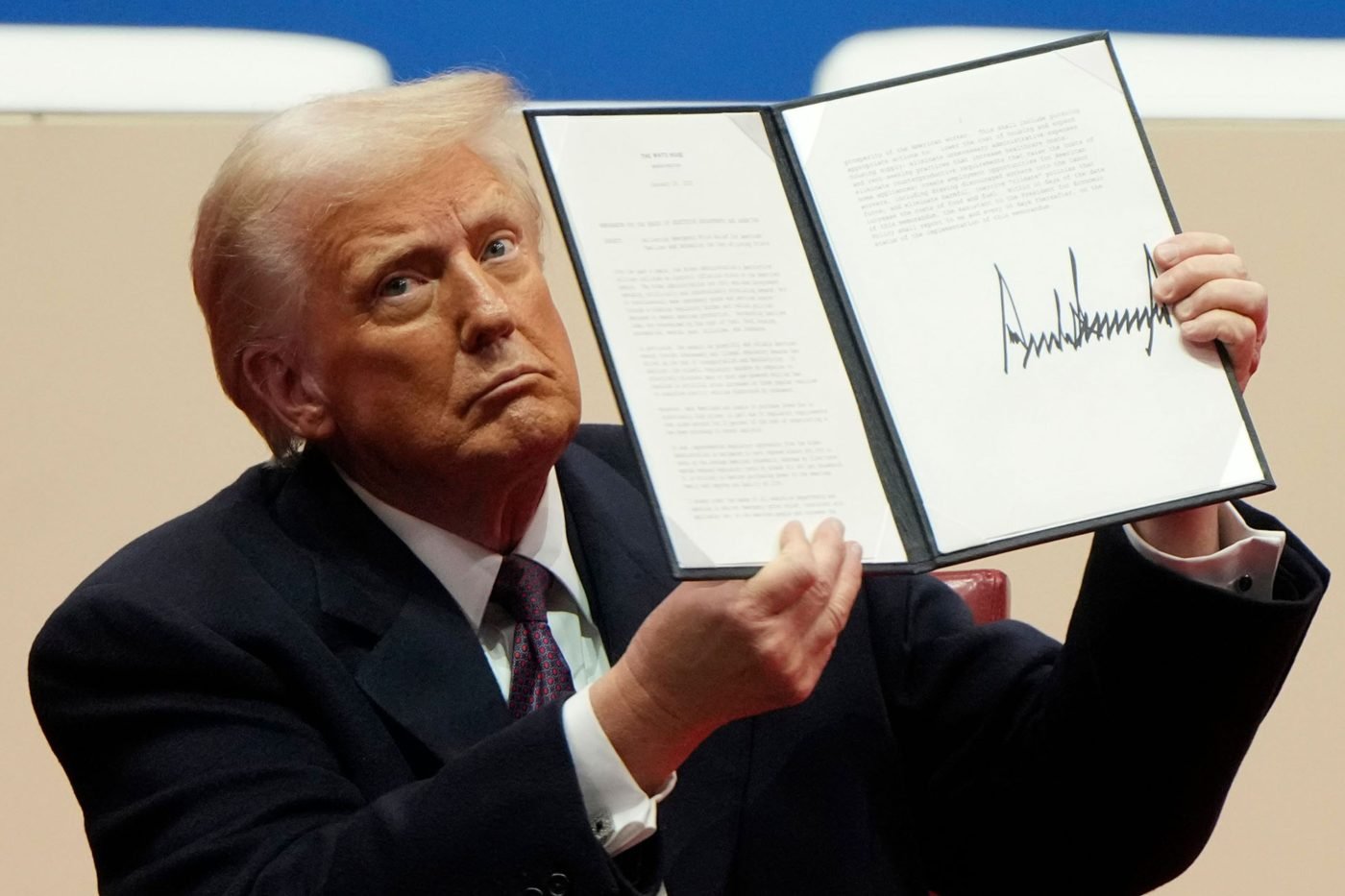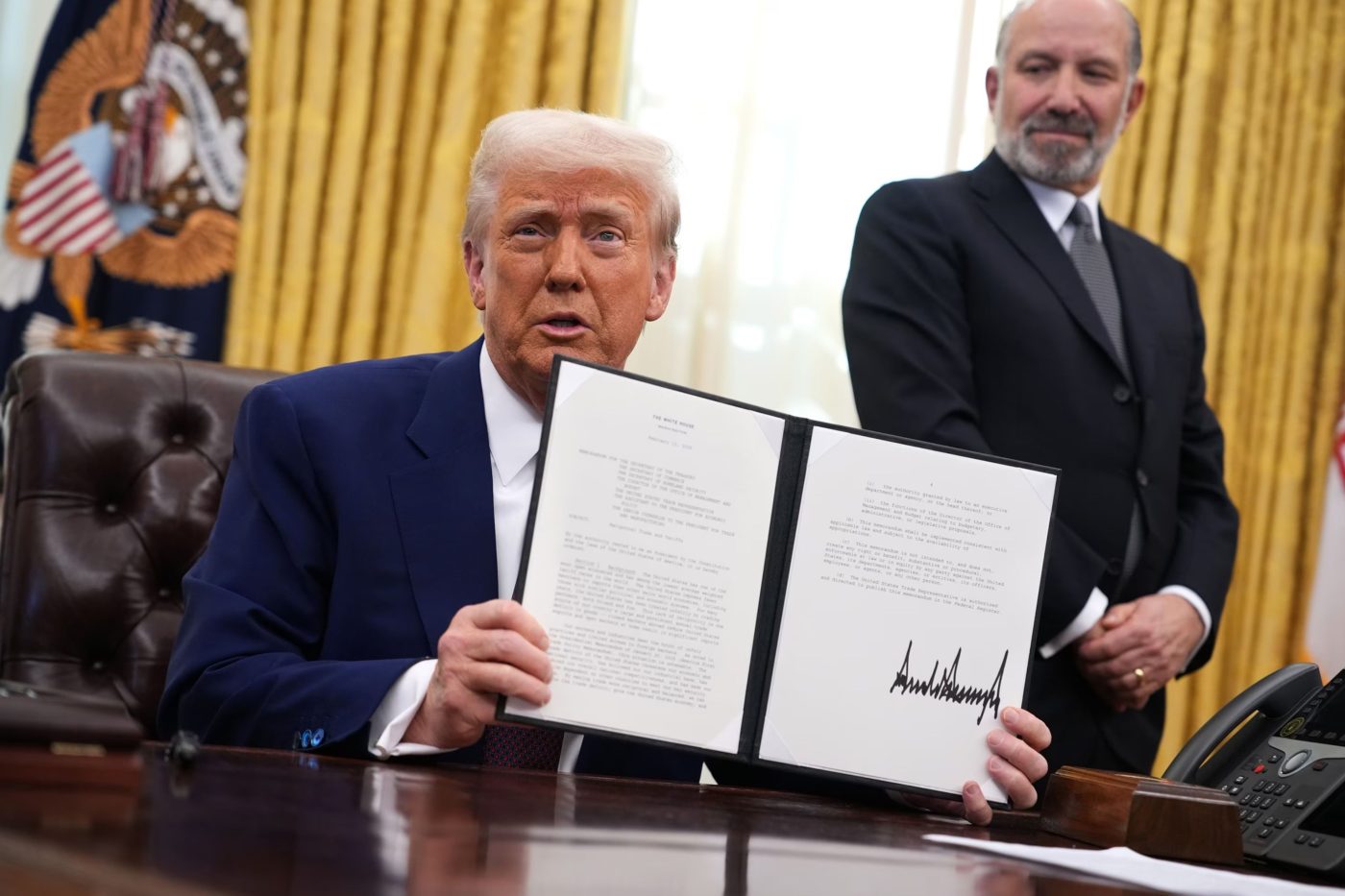- Swiss watch exports to the US fell 56% in one month following Trump’s 39% tariff.
- The UK has overtaken the US as the biggest destination for Swiss watches.
- London’s Bond Street and Mayfair boutiques saw record allocations amid global market shifts.
When Donald Trump introduced a 39% tariff on Swiss luxury watches, the goal was to bring production closer to home, to deliver jobs and prosperity to the American people (and hopefully, still keep the bling). Instead, the American market has collapsed and Swiss watch exports to the US have fallen 56% in a single month. That is the steepest decline in modern horological history.
For a market that imported nearly five billion dollars’ worth of watches annually, the speed of the contraction is extraordinary across the States. Retailers are overstocked and distributors are cancelling orders. Shipments that once filled American shelves are now likely being redirected or waiting idly by.

Yet, as there are losers, so too are there winners. And amidst all the embellished chaos that has hit the luxury market this year, the United Kingdom has seemingly benefitted from the shock.
Swiss watch exports to Britain rose 15.2% in September, overtaking the United States as the world’s largest destination for Swiss timepieces. What was once a stable but secondary market has become the centre of gravity for global watch distribution, welcoming an influx of luxury timepieces for an already affluent market.
Curated news for men,
delivered to your inbox.
Join the DMARGE newsletter — Be the first to receive the latest news and exclusive stories on style, travel, luxury, cars, and watches. Straight to your inbox.
According to market data from IndexBox, the UK watch market is forecast to reach 15 million units and $1.4 billion AUD in value by 2035. Across the UK, Swiss imports rose to 14 million units in 2024, which, although still sits below the 2016 peak, has seen consumption surge by 24% this year.

Think of England, and, in particular, London, and you’ll be forgiven for only thinking of a litany of watch thefts that have hit the capital.
But long before Geneva became synonymous with haute horlogerie’s precision and prestige, London was the centre of global watchmaking. It was where the world’s earliest chronometers were tested and where the idea of a wristwatch as a modern luxury first took hold.
People forget that Rolex was founded in London, by Hans Wilsdorf, a young German entrepreneur who built the company’s first office in Hatton Garden in 1905, before relocating to Geneva for the heritage that naturally follows.

Now it seems big political players have jumped on the airwaves to discourage people from wearing their watches in central London. Whether it’s true, or simply a politically charged discourse cosplaying as genuine concern, London’s reputation as a horological destination has taken a hit.
This was once a booming market, renowned the world over for luxury enthusiasts to come and play. You only have to look at the private members’ clubs from brands like Audemars Piguet that line the iconic heritage listed buildings through London’s more exclusive postcodes. The appetite is there, it might have just been quietly forgotten in recent years.
But now, as US trade collapse, London strengthens. Mayfair and Bond Street boutiques accept more allocations. And this fabled tariff wall, meant to shield American manufacturing, has simply diverted billions of dollars of trade through Britain.

The timing couldn’t be better either: LVMH and Richemont have reported their first positive quarters in over a year; Chinese consumer demand is returning; and European retail is showing renewed confidence. Against this backdrop, London’s gain looks like a strong foundation upon which to build.
Of course, the United States remains a vital market, but it is no longer the centre of the horological map. The combination of tariffs and currency pressure has handed London an advantage it has not enjoyed in decades.
Trump’s tariffs were designed to protect American industry, but Swiss brands will simply follow the numbers, accelerating Britain’s rise as the world’s largest market for Swiss watches. Geneva builds them. London now sells them. And the luxury market keeps spinning.

